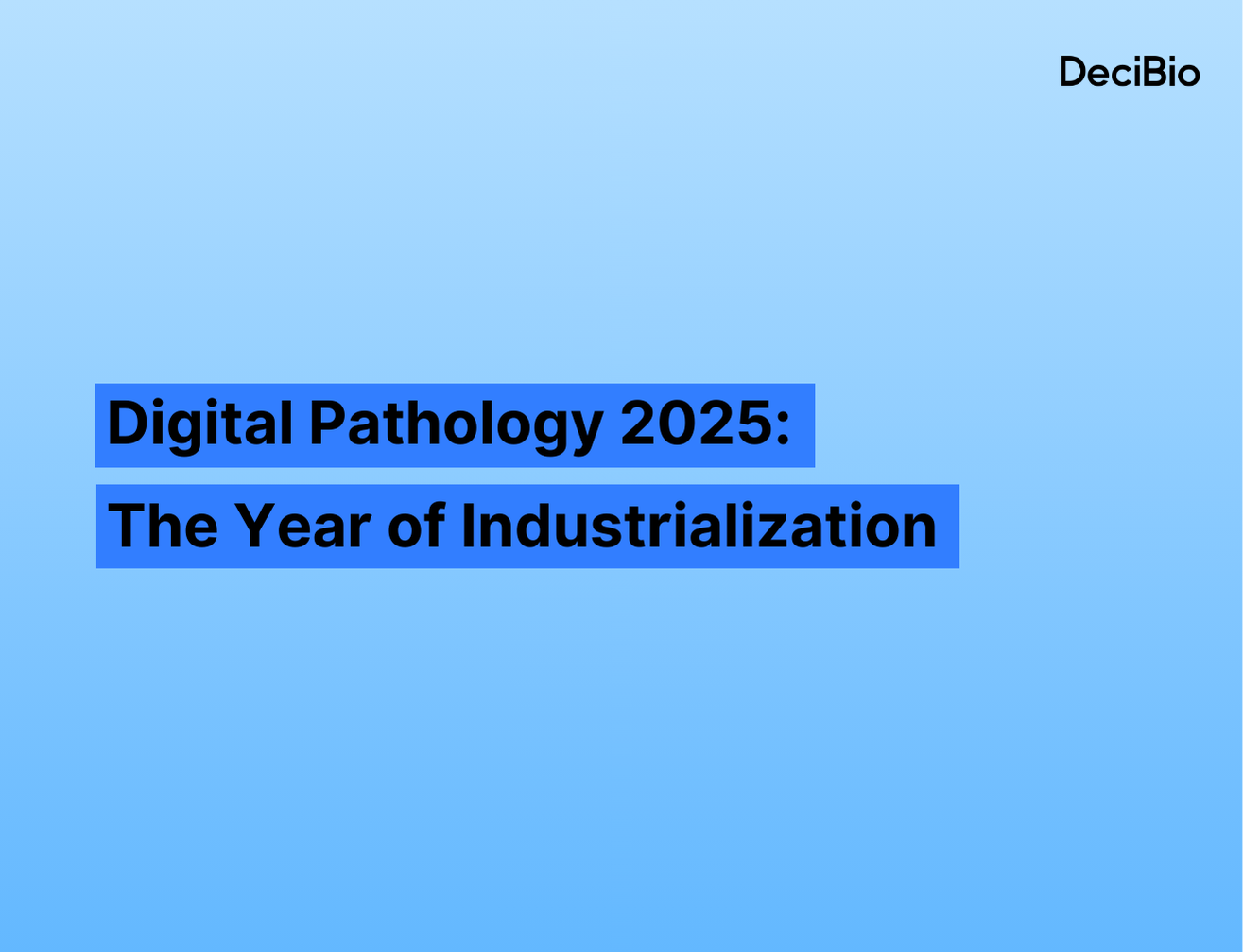The clinical next generation sequencing market is expected to be a large, fast-growing segment over the next few years, with roughly half of the total NGS market growth attributed to growth in clinical customers. In order to better understand the workflow characteristics of these customers, we surveyed >70 clinicians and physicians performing NGS testing in clinical settings to find out how, why, and where they’re using the technology. We consolidated the responses into a Tableau dashboard of data visualizations. Here are five insights from the latest DeciBio Clinical NGS Database.
Insight #1: The EU is on par with the US, in terms of per-lab NGS testing.
In speaking with other NGS industry observers, the common perception seems to be that NGS testing is performed more frequently in the United States than it is in the European Union. While figures on its adoption in the EU vary by who we asked, we did discover that the number of tests conducted per laboratory is about the same between the EU and the US.Regardless, companies that currently emphasize the US in their market planning may want to re-evaluate to aim for a more equal resource allocation.
Insight #2: The majority clinical NGS testing is performed in on-site labs.
Again, this insight challenges what we’ve heard anecdotally, which is that 50% of NGS testing is done in on-site labs and 50% is sent to off-site providers. Our research indicates that NGS testing is becoming decentralized, with about 80% of NGS testing performed among respondents in on-site labs.This points to a sizeable opportunity in the clinical diagnostics market, so emerging products or services may want to align with this decentralization of NGS testing.
Insight #3: Oncology panels are more targeted than non-oncology panels.
It’s generally assumed that oncology panels would take a broader approach by looking at more genes in a panel to help identify the origin of cancerous growths. What we’re seeing is that panels for oncology are more targeted than non-oncology applications. Oncology tests analyze 30-100 genes, whereas non-oncology tests, such as those for rare or inherited diseases, analyze 150-650 genes on a panel. (The exception to these numbers is non-invasive prenatal testing.)This suggests that panel breadth may be a stronger differentiating factor for non-oncology applications within the clinical NGS market.
Insight #4: WGS and WES are growing, but Targeted DNA remains the majority.
The increases in whole genome sequencing and whole exome sequencing are driven by a recognized desire to capture as much data as possible. As the costs decrease, performing WGS or WES becomes easier to justify; whole genome sequencing volumes, for example, are anticipated to grow at roughly double the market rate.Despite this growth, survey feedback suggests that targeted DNA sequencing will maintain the lion’s share of testing, with non-oncology testing being the only area where it doesn’t hold a clear majority in the future. It's likewise important to note that payers are likely to maintain a conservative approach to reimbursement in the near-term future.
Insight #5: NIPT continues to be the hottest growth area in clinical NGS outside of oncology.
Non-invasive prenatal testing is, hands-down, the hottest growth area for clinical NGS, outside of oncology.While LifeCodexx, Natera, and BGI are key players in the saturated NIPT market, there are an additional ~20 companies with test offerings. Growth drivers include increasing maternal age, patient-driven demand for more information (even those deemed “low-risk” i.e., <35 years of age), and a vendor-driven push for more comprehensive prenatal testing (e.g., microdeletions).Companies looking to launch a new NIPT product must be prepared to enter a crowded and competitive landscape, to face pricing pressures (particularly from lower-cost providers like BGI, Berry Genomics), and growing demand for increasingly comprehensive testing (e.g., microdeletions). In addition, key geographical differences must be taken into consideration (e.g., in India gender determination through NIPT is outlawed; in the UAE, a highly saturated market with ongoing pricing wars has led to increasingly comprehensive, competitively priced NIPT offerings).
At DeciBio, our expertise in tracking NGS in the clinical diagnostics market comes not only from the passion of a DeciBio founder but also from team members who have worked hands-on with NGS in lab settings. Contact us for a demo of our new Clinical NGS Database.

Author | Chris Lew
Chris Lew is a Senior Analyst with experience developing go-to market and product portfolio strategies, evaluating market technology opportunities, and supporting M&A due diligence. Connect with him on LinkedIn.Contact Chris and the DeciBio team to get the insights you need to develop your go-to market strategy.

Author | Mika Wang
Mika Wang is the Director of Special Projects and Operations at DeciBio. She has experience in medical and health technology and strives to solve healthcare puzzles. Mika holds a BA in Human Biology from Stanford University. Connect with her on LinkedIn.Contact Mika and the DeciBio team to get the insights you need to answer your business questions.Disclaimer: Companies listed above may be DeciBio Consulting clients and/or customers




.png)

